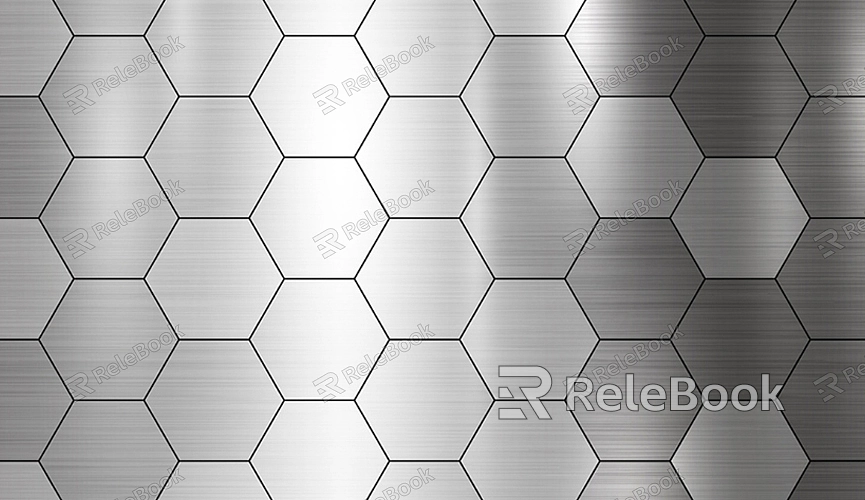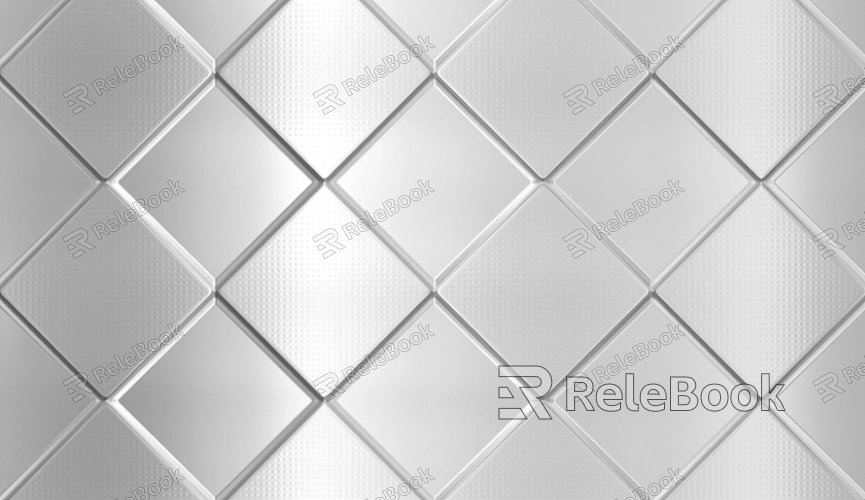How to Export UV Maps from ZBrush to Maya?
In the process of 3D modeling and animation production, the collaborative work of different software is often involved. ZBrush is highly favored for its powerful sculpting capabilities, while Maya excels in animation production, model integration, and so on. After carefully creating models and painting UV maps in ZBrush, how to accurately export these UV maps and import them into Maya for subsequent work becomes a crucial step. This article will detail this process to help readers successfully transfer UV maps from ZBrush to Maya, thus better completing the production of 3D projects.

Preparation Work
1. Ensure Software Version Compatibility
Before performing the export and import operations of UV maps, first confirm that the versions of ZBrush and Maya are mutually compatible. There may be some slight differences between different versions, and these differences may affect the correct transfer of the maps. It is recommended to consult the official documentation of the relevant software to understand the compatibility situation between the versions in use or search for the experience sharing of other users on relevant technical forums to avoid unnecessary troubles in subsequent operations.
2. Organize the Model and UV Layout
In ZBrush, ensure that the topology of the model is reasonable and the UV layout is clear without any overlapping or distortion issues. A good UV layout is crucial for the correct display and application of the maps in Maya. After completing the sculpting, carefully check the UV unwrapping situation and adjust any unreasonable parts. You can use the UV editing tools that come with ZBrush, such as UV Master, to optimize the UV layout to make it as regular and smooth as possible for subsequent export and use in Maya.

Exporting UV Maps in ZBrush
1. Select the Export Format
ZBrush supports multiple image formats for exporting UV maps, with common ones being PNG, TIFF, etc. The PNG format is a lossless compressed image format with good image quality and support for the transparency channel, making it quite suitable for exporting UV maps. The TIFF format is widely used in the professional image field and can also preserve the details of the image well. Depending on the specific requirements of the project and the way of using it in Maya later, select the appropriate export format. Generally speaking, if the map needs to retain transparency information, such as a mask map with an Alpha channel, choosing the PNG format would be more appropriate.
2. Set the Export Parameters
After determining the export format, some related export parameters also need to be set. For example, the resolution of the image should be set according to the actual requirements of the project. If it is for a high-precision rendering project, a higher resolution such as 4096×4096 or even higher may be required, while if it is only for preview or simple animation production, a lower resolution like 1024×1024 might be sufficient. At the same time, pay attention to setting the color mode of the image, and generally choosing the RGB mode can meet the needs of most situations. Additionally, for maps with an Alpha channel, ensure that the options for the Alpha channel are correctly set during export so that it can be correctly recognized and applied in Maya.
3. Execute the Export Operation
When you have completed the above format selection and parameter setting, you can execute the export operation. In ZBrush, usually, you can go through the "Export" option in the menu bar, and then in the pop-up dialog box, select the file path to export to, enter the file name, and export according to the previously set format and parameters. During the export process, pay attention to checking the export progress bar to ensure that the map is successfully exported to the specified location.
Importing UV Maps in Maya
1. Prepare the Model
Before importing the UV maps, first prepare the corresponding model in Maya. Ensure that the topology of the model is the same as that in ZBrush and that the basic scene settings have been completed, such as creating appropriate materials. If the model is found to be deformed or the topology is inconsistent after being imported into Maya, you need to check the export settings in ZBrush and the conversion process of the model to find out the problem and make corrections.
2. Select the Import Method
Maya provides multiple ways to import UV maps. One common way is through the "Hypershade" window. Open the "Hypershade" window in the main interface of Maya, then find the corresponding material node in it, right-click on the node, and in the pop-up menu, select "Assign New Material" to assign a new material type to this material, such as "Lambert" or "Phong", etc. Then, on the newly assigned material node, right-click and select "Attribute Editor". In the opened "Attribute Editor" window, find the "Color" or "Diffuse" and other color-related properties, and then click on the small square icon next to it. In the pop-up menu, select "File", and at this time, a "File" property editor window will pop up. Through this window, you can import the UV maps that were previously exported from ZBrush.
Another way to import is through the "Texture Placement Editor". In the main interface of Maya, through the "Window" option in the menu bar, find and open the "Texture Placement Editor". In this editor, first select the surface to which the map will be applied, then click the "Create New Texture" button to create a new texture node. Then, on the newly created texture node, right-click and select "Edit Texture". In the pop-up "Edit Texture" window, you can import the UV maps.
3. Adjust the Map Settings
After successfully importing the UV maps, you may need to adjust some settings of the maps to ensure that they can be correctly displayed on the model and achieve the best effect. For example, you need to adjust the scale of the map so that it can completely cover the surface of the model without any stretching or compression. You can find the "Scale" property related to the map in the "Attribute Editor" window and then manually enter the appropriate value to adjust the scale of the map. At the same time, pay attention to adjusting the offset of the map to ensure that the position of the map on the surface of the model is correct. Additionally, if the imported map has an Alpha channel, you also need to set the properties of the Alpha channel on the corresponding material node so that it can play its role correctly, such as setting it to the "Use Alpha" mode, etc.
This article has detailed the whole process of exporting UV maps from ZBrush to Maya, including preparation work, the export operation in ZBrush, the import operation in Maya, and the answers to frequently asked questions. Through reasonable preparation, correct export and import steps, and effective handling of frequently asked questions, it can ensure the smooth transfer of UV maps between the two software, thus providing strong support for subsequent 3D project production. It is hoped that readers can successfully transfer UV maps according to the methods introduced in this article and achieve better results in their 3D creations. If you want to obtain more high-quality 3D models and textures, you can download them from the Relebook website, where there are abundant resources for you to choose from.
FAQ
Why do the UV maps exported from ZBrush display abnormally in Maya?
There could be several reasons: First, the export format or parameter settings are incorrect. For example, the Alpha channel is not set correctly or the image resolution is set too low or too high, resulting in the inability to correctly recognize or poor display effect in Maya. Second, the topology of the model changes during the process of exporting from ZBrush to Maya, making the maps unable to accurately match the surface of the model. Third, the way of importing the maps in Maya or the settings is incorrect. That is, the maps are not imported according to the correct steps, or the necessary adjustments are not made after importing.
How to solve the problem of stretching or compressing the UV maps exported from ZBrush in Maya?
First, check whether the UV unwrapping in ZBrush is reasonable and whether there is excessive stretching or compression. If the UV unwrapping is okay, then after importing the maps in Maya, you can solve the problem of stretching or compressing by adjusting the scale of the map. In the "Attribute Editor" window, find the "Scale" property related to the map and manually enter the appropriate value according to the actual situation to adjust the actual size of the map so that it can completely and evenly cover the surface of the model.
What should I do if the color of the UV maps exported from ZBrush is incorrect in Maya?
This may be due to the inconsistency between the image color mode set in ZBrush and the expected one in Maya. In ZBrush, generally choosing the RGB mode is fine, but if the color is incorrect in Maya, first check the color mode setting in ZBrush, and then ensure that the corresponding material node and other related settings in Maya also adopt the same color mode. Additionally, it may also be because the color-related properties are not set correctly after importing the maps in Maya, such as not correctly setting the value of "Diffuse" and other properties. In this case, you need to reopen the "Attribute Editor" window and carefully check and adjust these properties.

